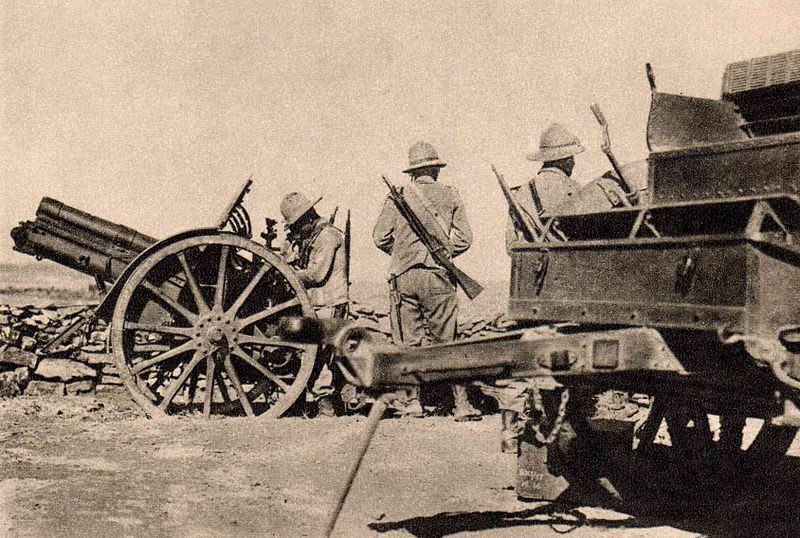From the moment it was unified in the mid-19th century, Italy began to harbor dreams of empire. Under the fascist dictator Mussolini, these dreams were backed by an ideology of racism and national power. And so Italy began a series of invasions to expand its fledgling empire.
Greece
In 1923, an Italian general was assassinated in Greece. At the time, he was involved in negotiations between Greece and Albania over the island of Corfu.
Mussolini used the incident to stir up nationalist feelings in Italy. He then made extreme demands for recompense from the Greeks, who refused. Using this to depict Italy as the injured party, Mussolini bombarded and invaded Corfu in an attempt to strengthen his strategic position in the region.
Negotiations followed, with Britain and France pushing for an Italian withdrawal. The Greeks eventually gave in on harsh terms, making a large payment and displays of grief for the dead Italian general. Italy withdrew from Corfu, having proved the weakness of the League of Nations and gained status and wealth.
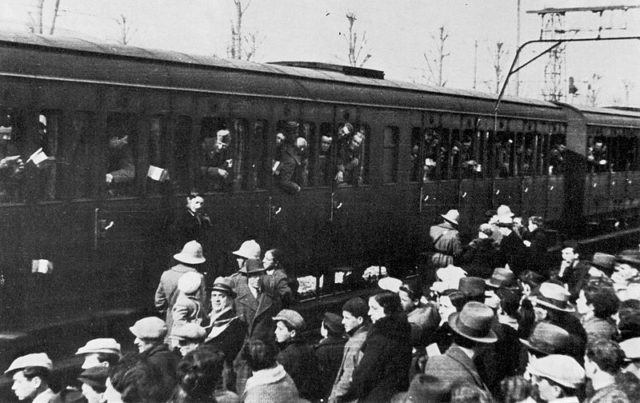
Ethiopia
Italy already occupied part of Somaliland. In 1935, a border clash there provided an excuse to build up troops on the Ethiopian border and then launch an invasion.
Once again, the League of Nations proved unable to resolve the situation politically or curb Italian aggression. Italian use of chemical weapons caused outrage but drew little practical response from the international community. Britain and France were too afraid of turning Italy into Germany’s ally to stand against Mussolini.
By the end of the next year, the invasion was complete and Ethiopia would remain an Italian possession until well into World War Two.
Albania
Albania had both strategic and symbolic importance for Italy. It controlled the head of the Adriatic, and had strategically important ports there, as well as providing access to the Balkans. As territory that had once been part of the Roman Empire, it fitted into Mussolini’s schemes to rebuild that empire.
Hitler’s occupation of Austria and western Czechoslovakia made Mussolini realise that he was being left behind by his German ally. In April 1939, he invaded Albania, occupying the country in only a week. A puppet government was installed.
France
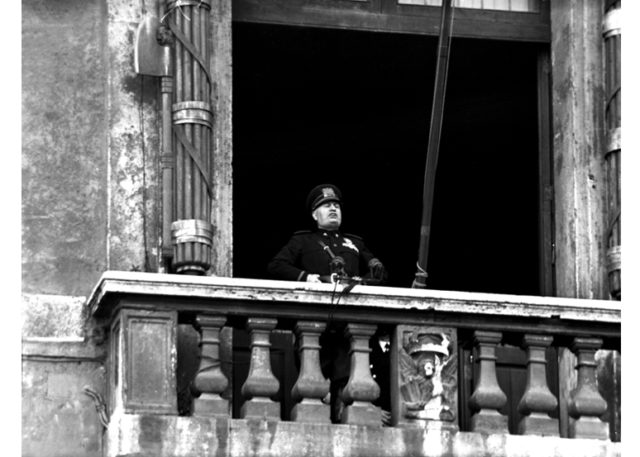
When Germany invaded France in 1940, Italy was poorly prepared to take part in the war. Not even a factor in Hitler’s planning, the Italians sat on the sidelines, not invited by their allies.
Once again, Mussolini saw that he was missing out on the opportunities that Hitler was seizing, and so on the 10th of June, he declared war on France. Italian forces launched a small and ineffective attack, losing 642 men in a conflict that cost over 100,000 lives. France was divided between a German occupied zone and the theoretically free Vichy, with only a small part going to appease Italy. This area became a haven for French Jews, as Italian officers refused to hand them over to German authorities to be sent to the concentration camps.
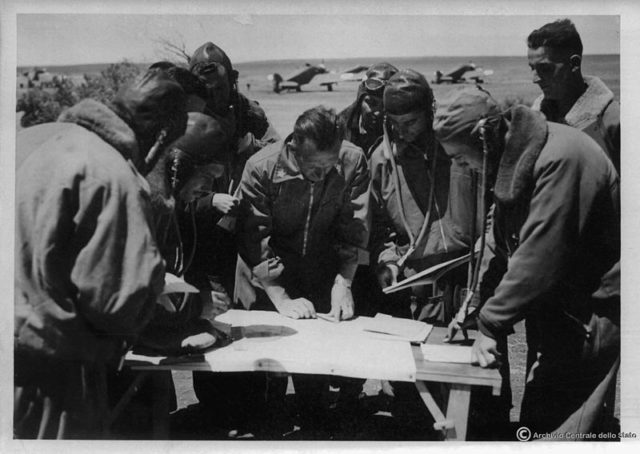
Egypt
On the 13th of September, 1940, Italian forces crossed the border from Libya into Egypt. This was a chance to gain control of the strategically vital Suez Canal, secure the eastern end of the Mediterranean, and gain access to the oil beyond.
In Egypt, they faced a British army far inferior in numbers – 36,000 British and Commonwealth troops against 236,000 Italians. But General Graziani, leading the Italian forces, was not up to the opportunity. Fighting as if in a colonial war rather than against a European power, Graziani and his men were held up by the British.
In December 1940, Australian, British, and Indian troops swept around the Italian 10th Army in Operation Compass. The 10th Army was cut off and 130,000 Italians surrendered. The rest were driven out of Egypt by Operation Crusader.
The arrival of the German Afrika Korps under Rommel gave the Axis the edge again, and Italian troops participated in a second invasion of Egypt. But they, along with the Germans, were driven out once more.
Greece Again
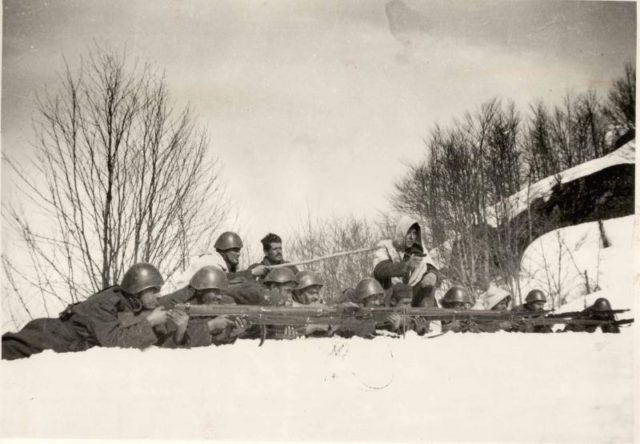
Control of the Balkans was important to Mussolini’s dreams of empire. But both Greece and Yugoslavia were more friendly towards Hitler than him, and there was a risk that they would become part of the German sphere of influence.
On the 28th of October, 1940, Mussolini began a campaign meant to solve this problem – an invasion of Greece. But the Greeks had far more troops experienced serving in mountainous terrain and so were able to contain the Italians, before driving them back into Albania.
British troops then arrived in Greece, including bombers that could reach the Rumanian oilfields on which Germany relied. And so Hitler came to Mussolini’s rescue once more. But there would be one more invasion before the Germans reached Greece.
Yugoslavia
On the 6th of April, 1941, Germany invaded both Greece and Yugoslavia, whose pro-fascist government had been overthrown by one hostile to the Axis. Italy joined in on both invasions, as Mussolini struggled not to be relegated to the position of Hitler’s junior partner. Within two weeks, Yugoslavia surrendered, the Italians having played their now familiar small part.
Together, the fascist armies swept on into Greece, which fell by the end of April.
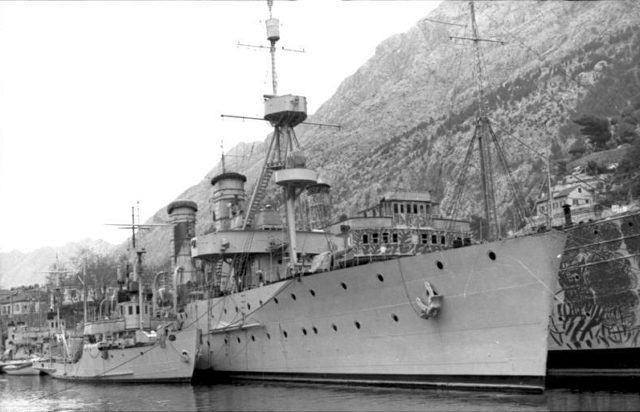
Tunisia
In late 1942, the Allies began a decisive fight back in North Africa called Operation Torch. As part of this, they moved into Tunisia, held by Vichy French forces, to attack the Germans and Italians from the west. In response, Rommel also launched an attack into Tunisia, and once again Italian forces participated. As the French fell apart, the two invading forces fought each other in a six-month campaign that ended in defeat for the Italians.
British Somaliland, Kenya, and Sudan
Fascist Italy’s most successful invasion was launched in east Africa in August 1940. Advancing in several columns, the Italians drove back British forces from British Somaliland as well as adjacent parts of Kenya and Sudan. The British commander lost his nerve and withdrew, with relatively few casualties suffered on either side. It was the most peaceful, and most successful, of all Mussolini’s invasions, and fulfilled Italian dreams of an empire and of revenge on the British for past humiliations.
